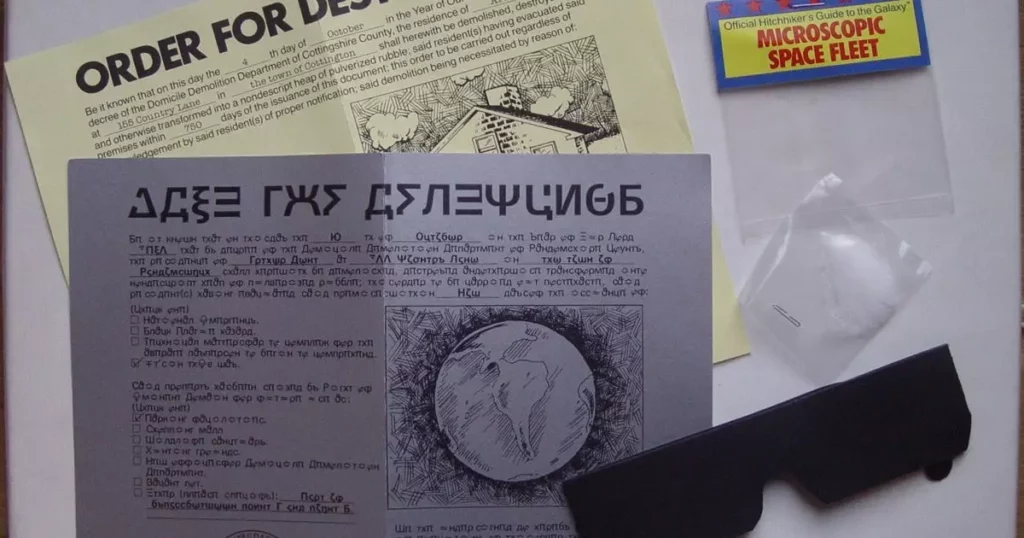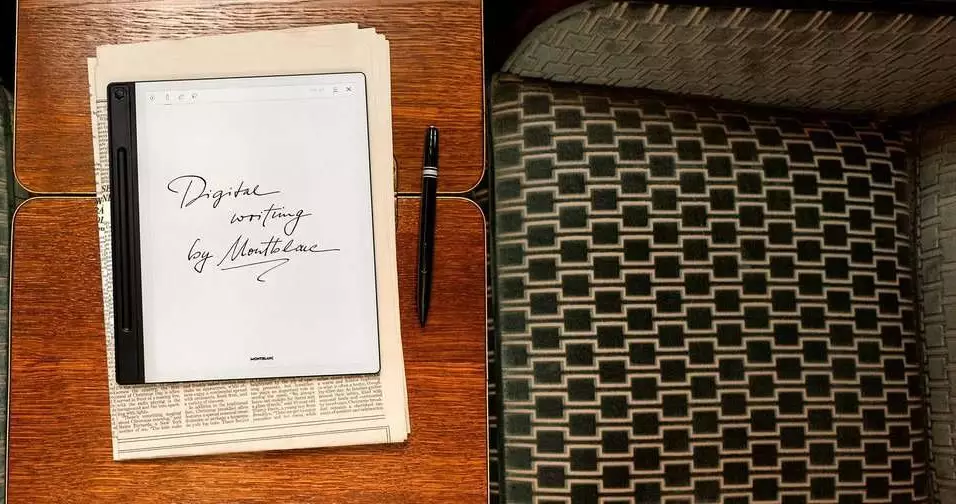The video gaming landscape has transformed dramatically over the decades, but there is an undeniable sense of loss when we reflect on the tantalizing world of early gaming—particularly, the 1980s. This era was not just a fusion of pixels and code; it was a celebration of physical engagement that blurred the lines between reality and the digital realm. Infocom’s ingenious incorporation of “feelies” into their gaming packages marked a revolution that went beyond mere gameplay, inviting players to indulge in a multi-dimensional experience. These tangible artifacts served as portals to deeper narratives, sparking imagination in unprecedented ways. When we consider classics like The Hitchhiker’s Guide to the Galaxy, it becomes clear that these “feelies” were not just novelties; they were integral, enriching every player’s journey through absurdity and humor.
The Power of Physical Artifacts
Feelies embodied a delightful paradox. They held no game-changing mechanics, nor were they necessary for completion, yet they enriched the player’s journey. Consider how a simple item—a sealed envelope filled with nothingness or a map—could tantalize the mind. This interplay of material objects and digital narratives symbolizes an era that prized player engagement and imagination above all else. Unlike today’s experiences, which are often stripped of mystery and surprise due to constant online previews and promotional campaigns, feelies encouraged curious exploration. They kindled a sense of wonder and inquiry that is increasingly rare in an age dominated by pre-purchased excitement and spoiler culture.
Arthur Dent: The Everyman Hero
In discussing The Hitchhiker’s Guide to the Galaxy, one cannot overlook Arthur Dent, the quintessential everyman navigating chaos and absurdity. Literary analyst Victoria Regan’s insights into Dent resonate deeply in a world where the unexpected is often seen as a threat rather than an opportunity for growth. Dent’s plight—standing defiantly in front of a bulldozer—symbolizes more than just a moment of comedic relief; it represents every individual’s struggle to confront an incomprehensible universe. This interpretation not only enhances our connection to Dent but invites us to reflect on our responses to unpredictability in our own lives. The experience of playing through Dent’s misadventures stirs within us an intrinsic desire to navigate life’s absurd landscape with courage, reinforcing that gaming could serve as more than an escape; it could provide profound lessons.
A Critique of Modern Gaming
Regan’s exploration extends to a critique of contemporary gaming culture, pointing out how the surprise and discovery—a hallmark of early gaming—have been swapped for predictability and pre-packaged content. Today’s gaming experiences are often meticulously and extensively marketed, which diminishes the thrill of diving into an unspoiled narrative. The allure of the unexpected and the joy of reclaiming agency over our experiences seem to dissipate in the face of heavy commercial pressure. What should be a personal adventure is increasingly reduced to a product: polished, perfected, but devoid of soul.
The Downside of Collectible Culture
The modern gaming lexicon is now filled with references to collectibles and limited edition items, which often miss the essence of what made feelies special. Many new collectibles are designed to be visually stunning but lack the intoxicating charm of their predecessors, often replicating existing franchises with no nuance or individuality. The drive for collection in today’s world leads to a transactional relationship with gaming, where joy is overshadowed by the obligation to possess the next shining object. More often, we find ourselves lost in a sea of sameness, where individuality and uniqueness are sacrificed in the name of brand loyalty.
Reinventing the Experience
To reignite the flame of creativity and connection in gaming, we must advocate for a resurgence of the eccentric, whimsical, and wonderfully useless. The treasures of Infocom served as gentle reminders that not everything in our gaming experiences must carry significant weight; some artifacts can simply inspire curiosity without the burden of substantial meaning. In a culture leaning heavily on polished perfection, we need to embrace moments of deliberate imperfection. Amidst this push for grandeur, we must celebrate the absurdity of gaming—the small, silly artifacts that challenge our expectations and allow us to enjoy gaming for what it is.
By rekindling the essence of gaming’s early explorations, we find that our experiences can still harness wonder and whimsy, reinforcing personal engagement and ownership. By embracing the nostalgia of feelies and the joy of the inconsequential, we can contribute to a vibrant gaming culture that values creativity, absurdity, and, above all, fun.









Leave a Reply